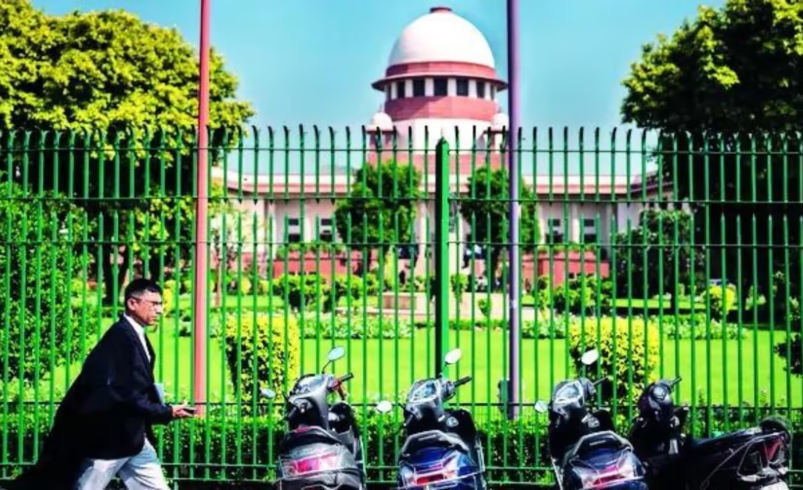Supreme Court Prohibits High Court Judge from Criminal Cases
- August 6, 2025
- 0

The Supreme Court of India has taken an unprecedented step by barring Justice Prashant Kumar of the Allahabad High Court from presiding over criminal cases. This decision comes after the Supreme Court criticized Justice Kumar for his handling of a case where he allowed criminal proceedings in what was essentially a civil dispute. The Supreme Court deemed this action as an “erroneous order,” raising serious questions about the judge’s competence in dealing with criminal matters.
The case in question involved a civil dispute that Justice Kumar escalated to criminal proceedings, a move that the Supreme Court found to be fundamentally flawed. The bench, led by Justices Pardiwala and Mahadevan, expressed strong disapproval of Justice Kumar’s decision-making process. They highlighted that such an order could set a dangerous precedent, potentially leading to misuse of judicial authority in civil matters.
This decision underscores the Supreme Court’s commitment to maintaining judicial integrity and competence. By barring Justice Kumar from handling criminal cases until his retirement, the Supreme Court aims to uphold the standards expected from judges in interpreting and applying the law correctly. This action also serves as a warning to other judges about the importance of adhering strictly to legal principles and procedures.
The legal community has been closely watching this development, as it highlights the Supreme Court’s role in overseeing and correcting judicial conduct at lower levels. While some view this as a necessary intervention to preserve judicial standards, others are concerned about its implications on judicial independence. Moving forward, this case may prompt discussions on how best to balance oversight with judicial autonomy.